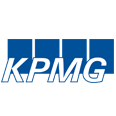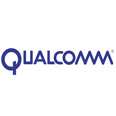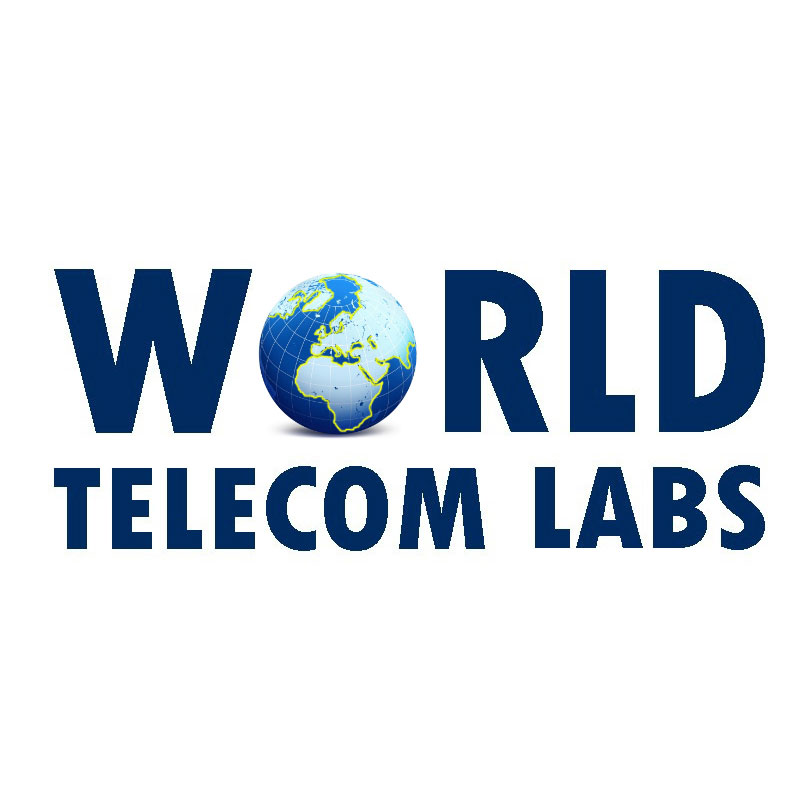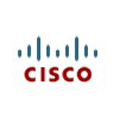 Cellphone and smartphone usage is one of South Africa’s great development success stories.
Cellphone and smartphone usage is one of South Africa’s great development success stories.
Mobile telecommunications and smartphones have enabled many African countries to leapfrog into the digital and information age.
Before the proliferation of mobile networks, most South Africans did not have internet access, or even telephones.
Today, consumers have a choice between five cellphone network operators and access to data has become the norm and is even seen as a necessity.
South Africa has the highest percentage of smartphone ownership in Africa. In less than two decades, more than a third of adults and almost half of 18 to 34 year olds own one.
Mobile data, therefore, is widely used and the adoption of instant messaging services, social media and other mobile apps has increased data demand.
The network operators offer a variety of data packages. The price of a 1 GB prepaid data bundle ranges from R99 to R160 in South Africa.
When comparing the price of data bundles, the differences in services offered should be considered. Some consumers are prepared to pay a premium for better network coverage, data speed, customer care, and convenience.
Compared to other technologies, smartphone usage is still in relative infancy but growing as network access increases and data prices fall.
However, some feel that the rate of progress is not rapid enough. A “data must fall” campaign is calling for lower mobile data pricing as a human right.
The #datamustfall advocates have argued that this has been achieved in other countries.
The comparisons they proffer are made without references to specific networks or consideration for cross-country differences.
When focusing on each country’s largest network operator, by popularity, a different picture emerges.
In Nigeria, 2000 naira (R92) will buy you 3,5 GB of prepaid data on the MTN network.
However, 4G coverage is almost completely limited to the centre of three urban areas. Relative prices have also been lowered by a massive Nigerian currency depreciation.
The naira has nearly halved in value relative to the rand since early 2016. A comparison with Airtel India shows that 1 GB of data will cost 259 rupees (R55) but again 4G coverage is limited to the centre of large urban areas.
Nigerian and Indian network operators also have the benefit of high population densities. Telecom towers are most efficiently grouped in areas with the most potential to reach people.
Sprawling populations require more infrastructure to reach the same number of people.
Numerous other factors influence data prices including licences, regulatory fees, taxes, staff wages, and energy costs.
What the #datamustfall crusaders may also have overlooked are the countries with similar or higher data costs.
A 1 GB bundle will cost you 7,50 pounds (R135) from the EE network in the United Kingdom or ten euros (R155) from Orange in France.
Operators in other countries face different regulatory environments, competition, and customer needs.
If companies are making high profits, new entrants will be enticed into the market, driving prices down naturally.
By imposing price regulations, you immediately remove the ability of companies to compete or release innovative new services at a higher price.
There will also be unintended consequences for fixed-line, or wireless broadband providers, who could lose business and market share. Even internet cafés could be put out of business.
Operators should be allowed to compete fairly and to continue offering a variety of services at prices they see fit.
This ensures that they will continue to evolve, innovate, and meet the needs of customers. Over time, the real price of data has been falling, network speeds have increased, and subscriber numbers have rocketed.
All of this has been achieved, and will continue to be achieved, without pricing interference by regulators.
Source: EE Publishers









